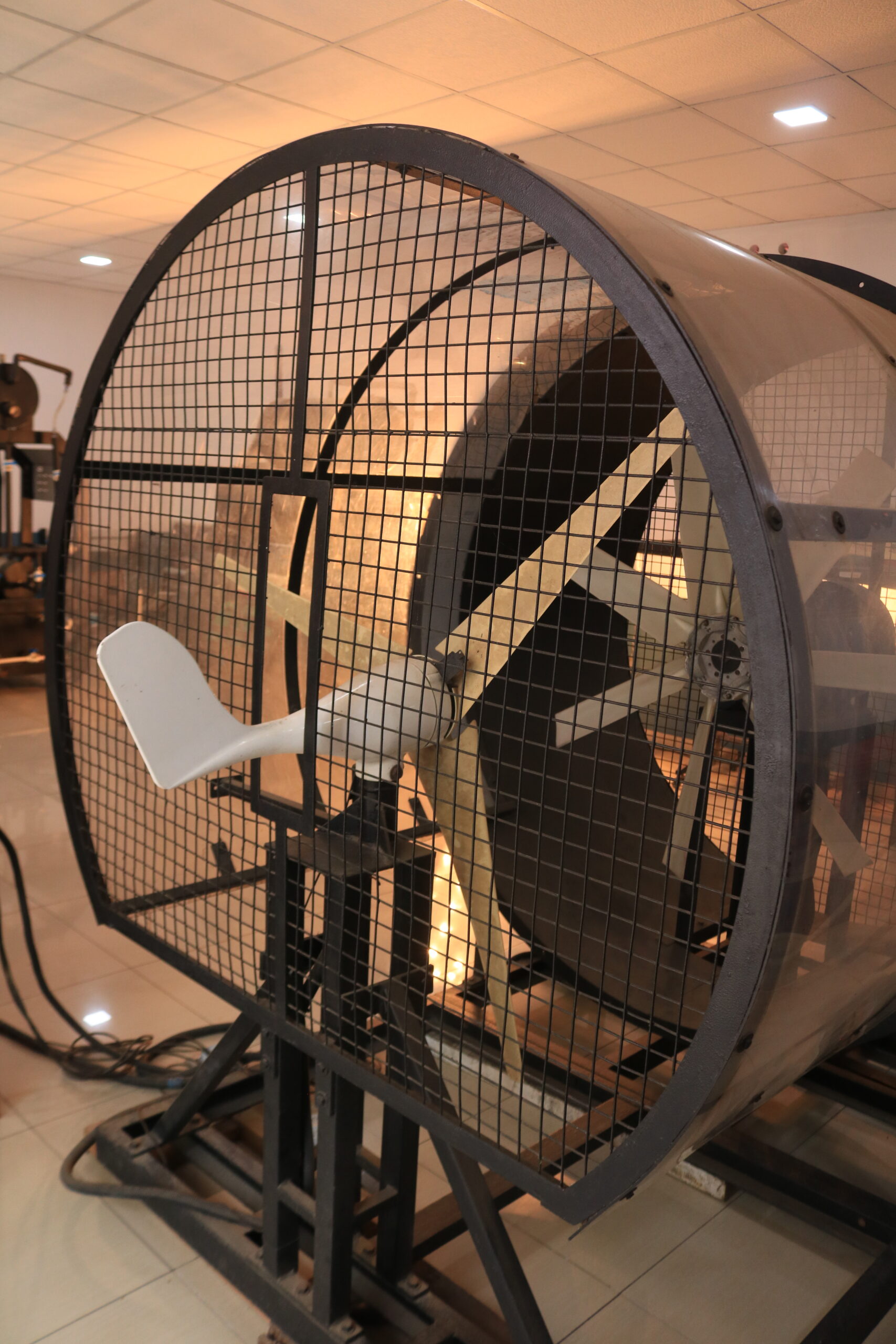There are two primary physical principles by which energy can be extracted from the wind. These are through the creation of either lift or drag force drag forces to provide the most obvious means of propulsion, these being the forces felt by an object exposed to the wind. Lift forces are the most efficient means of propulsion but being subtler than drag forces are not so well understood.
Wind is created by the unequal heating of the Earth’s surface by the sun. Wind turbines convert the kinetic energy in wind into clean electricity. When the wind spins the wind turbine’s blades, a rotor captures the kinetic energy of the wind and converts it into rotary motion to drive the generator. Most turbines have automatic over speed-governing systems to keep the rotor from spinning out of control in very high winds. Our wind power animation has more information about how wind systems work and the benefits they provide.
A small wind system can be connected to the electric grid through your power provider or it can stand alone (off-grid). This makes small wind electric systems a good choice for rural areas that are not already connected to the electric grid.
The power in the wind can be derived from the Kinetic energy equation for wind flow. The power in the wind is proportional to:
• The area swept by the rotor
• The cube of the wind speed
• The air density – which varies with altitude



